Malaika Kegode is an award-winning writer, performer and creative producer based in Bristol. Her work is focused on uplifting and celebrating the overlooked and misunderstood. Beginning her arts career as a performance poet in 2014, Malaika has since developed her practice to encompass theatre, radio and film writing.

POETRY FEATURE: Body Buffet by Malaika Kegode
Q. Hi Malaika! Thank you for joining us at Clitbait to kick off the new year. To start us off, do you have any writing new year’s resolutions?
Hiya, thanks for having me, and happy new year!
I really want to continue developing my script writing this year, both in theatre and film/TV. My practice has been shapeshifting over the past few years which is exciting, and I want to keep pushing those boundaries and see what new work comes out. I also want to be braver in the first steps of creation – I have a tendency to keep an idea in my head and not get anything written down out of fear it won’t be as good on the page as I want it to be.
Q. You recently performed your own show Outlier, straddling gig theatre and spoken word, at the Bristol Old Vic; there are also a few musical references throughout Body Buffet. Was music your gateway to poetry, or is it something you’ve experimented with as your poetry journey has expanded?
Music has always been a huge part of my work, and definitely was one of my gateways to performance poetry. My work has an innate musicality to it; I really think that finding fusion between art-forms is where all the good stuff is. I especially love working with musicians from different backgrounds to my own like my long-time collaborators Jakabol, who devised the music in Outlier. This kind of collab requires you to find brand new languages during the process of creation, which in itself feels very musical, like a long-form jam session.
Q. Body Buffet plunges into ruminative themes while remaining humorous and snappy. Would you say you’ve honed your style, or are you still trying out what feels right for your voice?
There’s always something in me that returns to a sense of melancholy, but it hopefully takes different forms and meaning as I keep growing as a person and writer. The one thing that I think defines my style is that it has a deep humanity to it – I’m always striving to reach that soft, weird, vulnerable place that sits inside of us all and keeps us human. The parts where you’re like “does anyone else ever think/feel this or am I just a weirdo”? That’s what I want to cradle in all my work in one way or another.
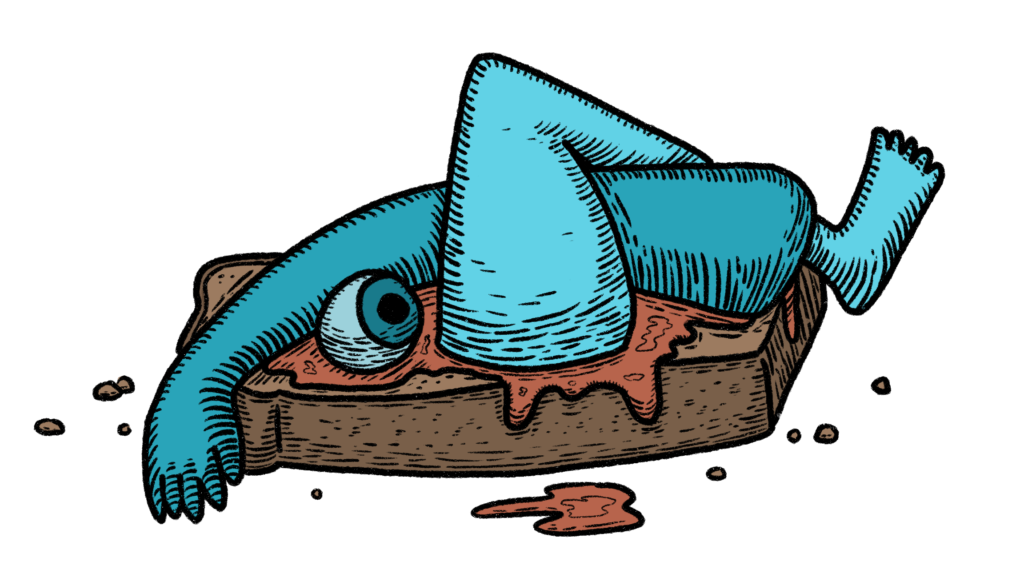
Q. You also directly talk about your experience handling line breaks in BB, something us at Clitbait have been giving a think over recently. What about this zine made you play around with line breaks and phrasing?
line breaks are fascinating and
funny to me
because there’s abso
lutely no/ single logic to them / they can be so impactful / but also can completely turn people / off / (myself included).
there are people who give up on poetry because they don’t “get” the line breaks which makes them feel stupid:
so, line breaks can be inaccessible.
Spoken word poets tend to use line breaks to represent the beats
and breaths of their performance:
so, line breaks can be practical in translating voice to page.
Page poets might use line breaks for impact, style, meaning, ego, or for reasons no one but the writer will ever understand!:
so, line breaks are elusive.
I’m drawn to experimentation because regardless of why I put the breaks in/what they mean to me, I know that each reader will have a completely different relationship to them – one reader might not even notice them, while another might infer a huge amount of meaning
and it’s quite exciting that blank spaces
can mean so much!
Q. The body in Body Buffet is a site for the grotesque but also romance; sensuality; the plot of every-day existence. Can you talk us through the development process of exploring these different bodily roles in your poems?
Over my life my body has changed quite a lot – perhaps more than others – then in 2021 I injured my back at a really pivotal time during the run of my show, and started seeing a physiotherapist and practicing yoga regularly. This coincided with having talking therapy, and reading some Gabor Maté. It all made me realise how out of touch I’d been with my body, how that related to my mind and experience. This gave me the drive to know it better, tend to it, find genuine love for it for perhaps the first time in my life, which led to me writing more embodied work too.
Growing up as a woman, you’re often told what your body is supposed to be, what it’s for, what to do with it. I’m really fascinated by body horror and visceral depictions of the body in film, and how these genres are so often a cathartic outlet for people who have felt oppression in their lives. It was really liberating to find this in my own writing – to gather together topics that really interest me like sex, connection, ego, transgression, public vs private selves – and question which part of the body responds to these topics, and what happens if we move and feel them in a different part.
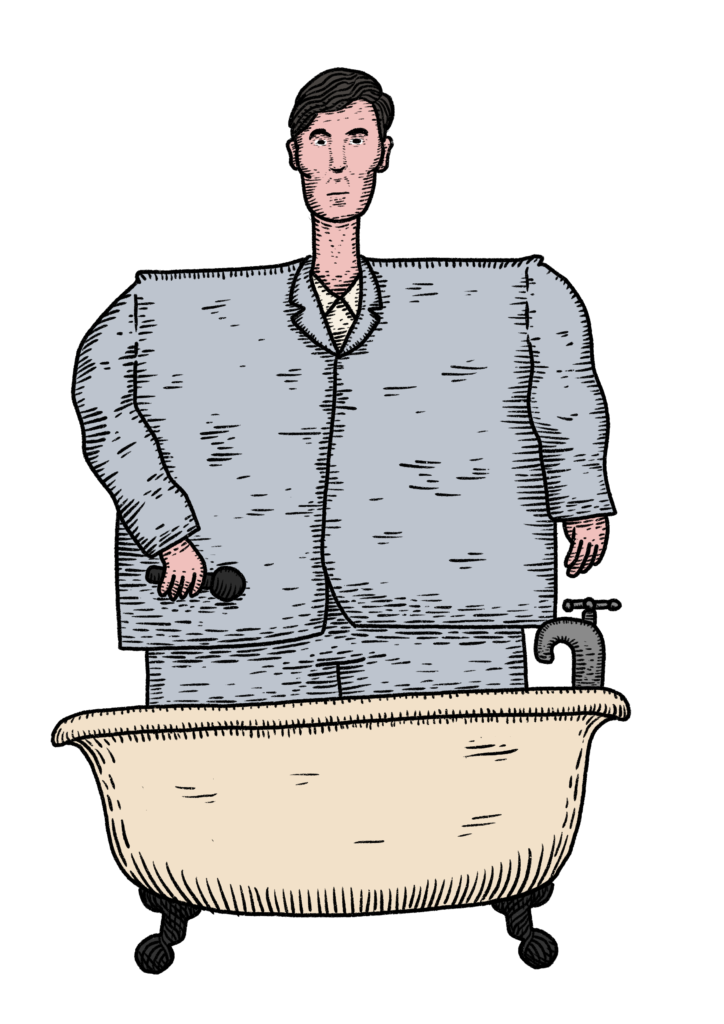
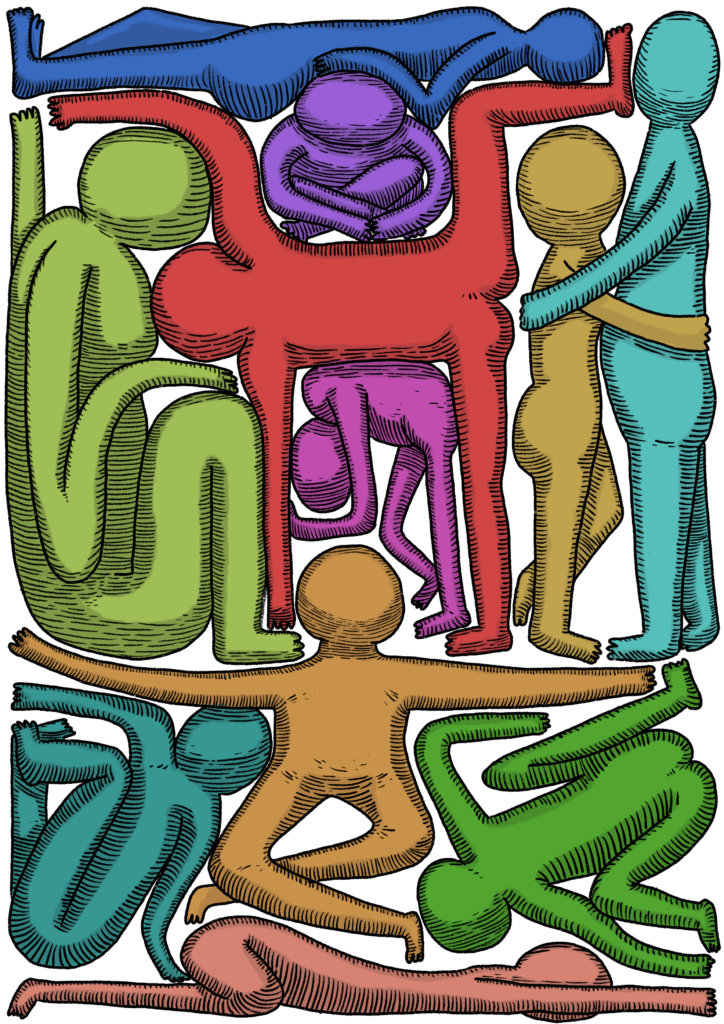
Q. There’s also a very authentic invocation of queer sensuality; why are bodies important to you when exploring queerness in your work?
I feel as though the role of sex and bodies are often erased when discussing bisexuality because of notions of biphobia that suggest that physical attraction is shallow or driven by greed. The greedy bisexual is such a pervading trope in media, and the response to that has been to chasten the bisexual experience into something sanitised and cutesy, but that has sent us in the opposite direction to an almost sexless entity; bisexuality as personality quirk rather than sexual identity. I’m interested in finding the mediums by exploring sensuality and bodily autonomy.
Q. We get to see some gorgeous illustrations in the zine. You’ve worked closely with musicians in your work before; is this your first time working with an illustrator? For our readers hoping to produce their own zines, what was that process like?
The illustrations in my previous collections were by my friend Andreea (https://www.venusinleopardprint.com/). They’re an incredible artist with such a unique approach to collage and mixed media. This time around it was so fun to collab with Chris Harrisson (http://www.haveyoulostme.com/). Chris studied at Ecole Jacques Lecoq and I think this movement and physical theatre training might be partly why he is so great at creating illustrations that you can really feel in your body.
The process of making the zine was really fun, and if you’re thinking of making one too I’d say go for it. Body Buffet has two different forms – one handbound and one staple bound – each individual copy is unique because the titles are handwritten. You really have free reign to make it whatever you want it to be. It’s great to have a theme in mind because pages can fill up quickly. If you have collaborators even better! Allow yourself the time and freedom to mess it up sometimes, and just play around putting the things in your head down on paper.
Clitbait readers can buy a copy of Body Buffet here: https://malaikakegode.bigcartel.com/product/body-buffet
Images provided by Malaika Kegode.
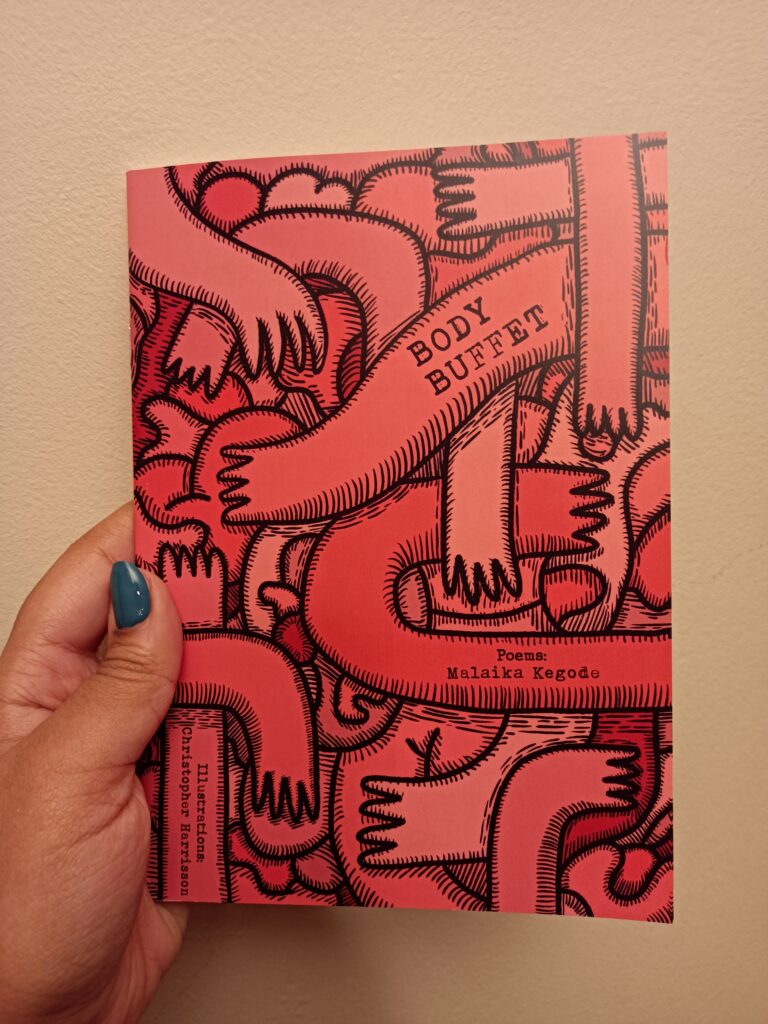

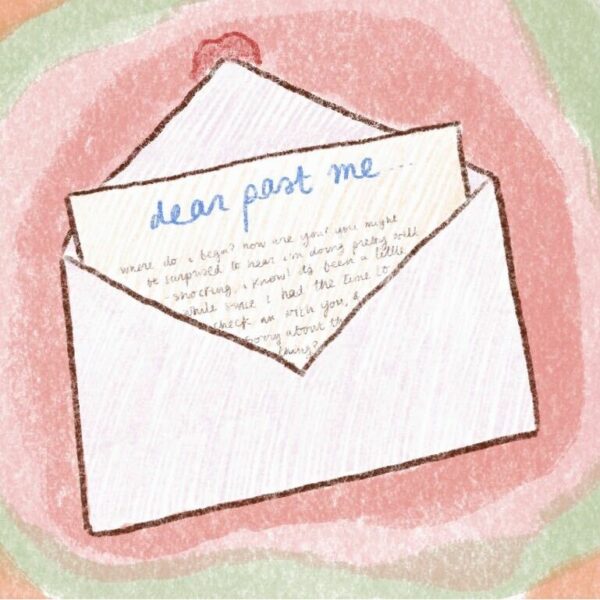
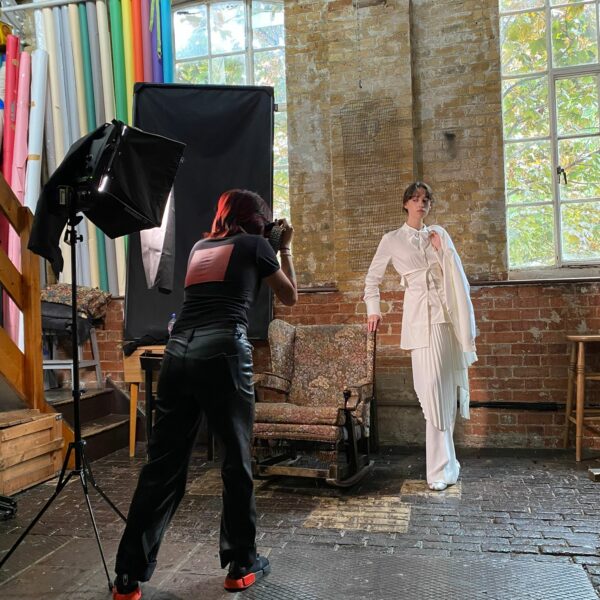
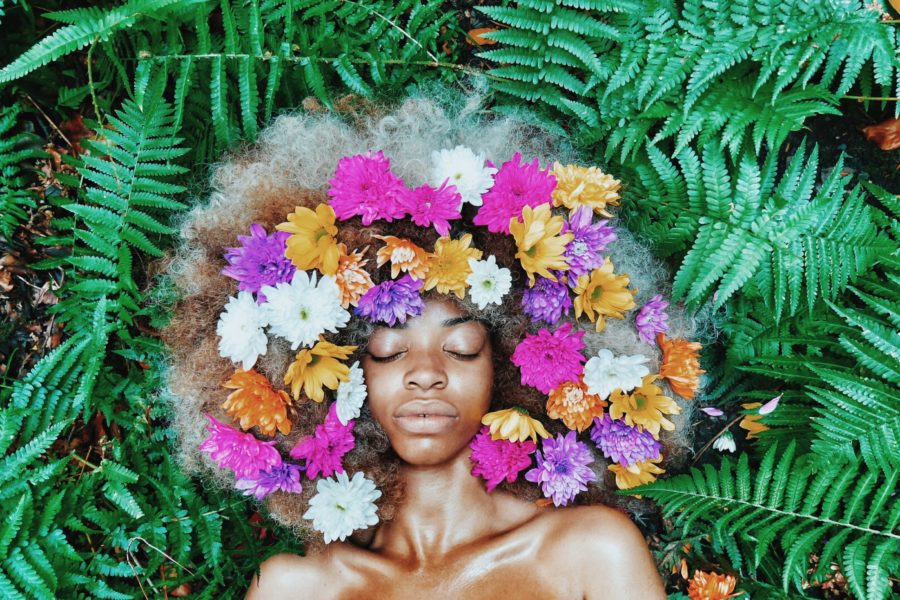
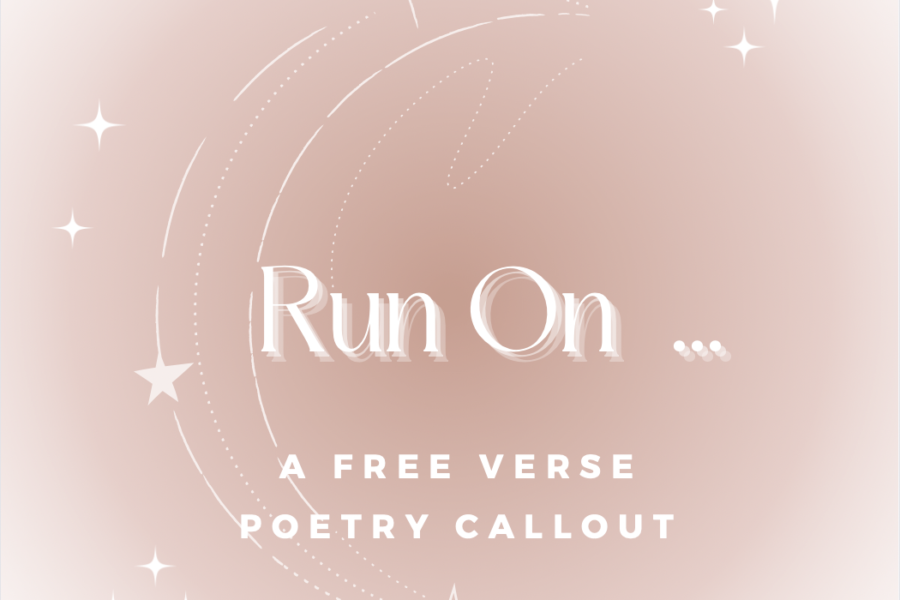
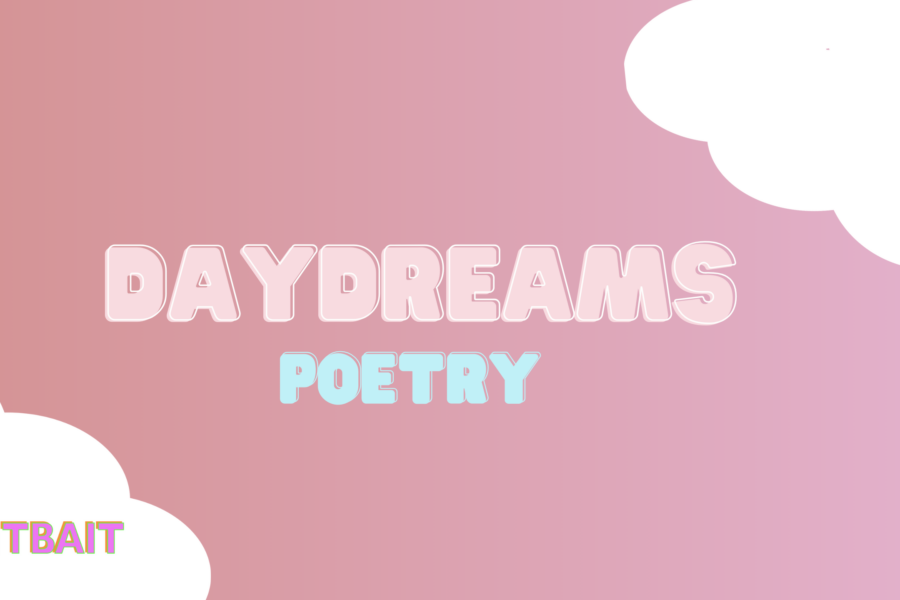
Leave a Comment